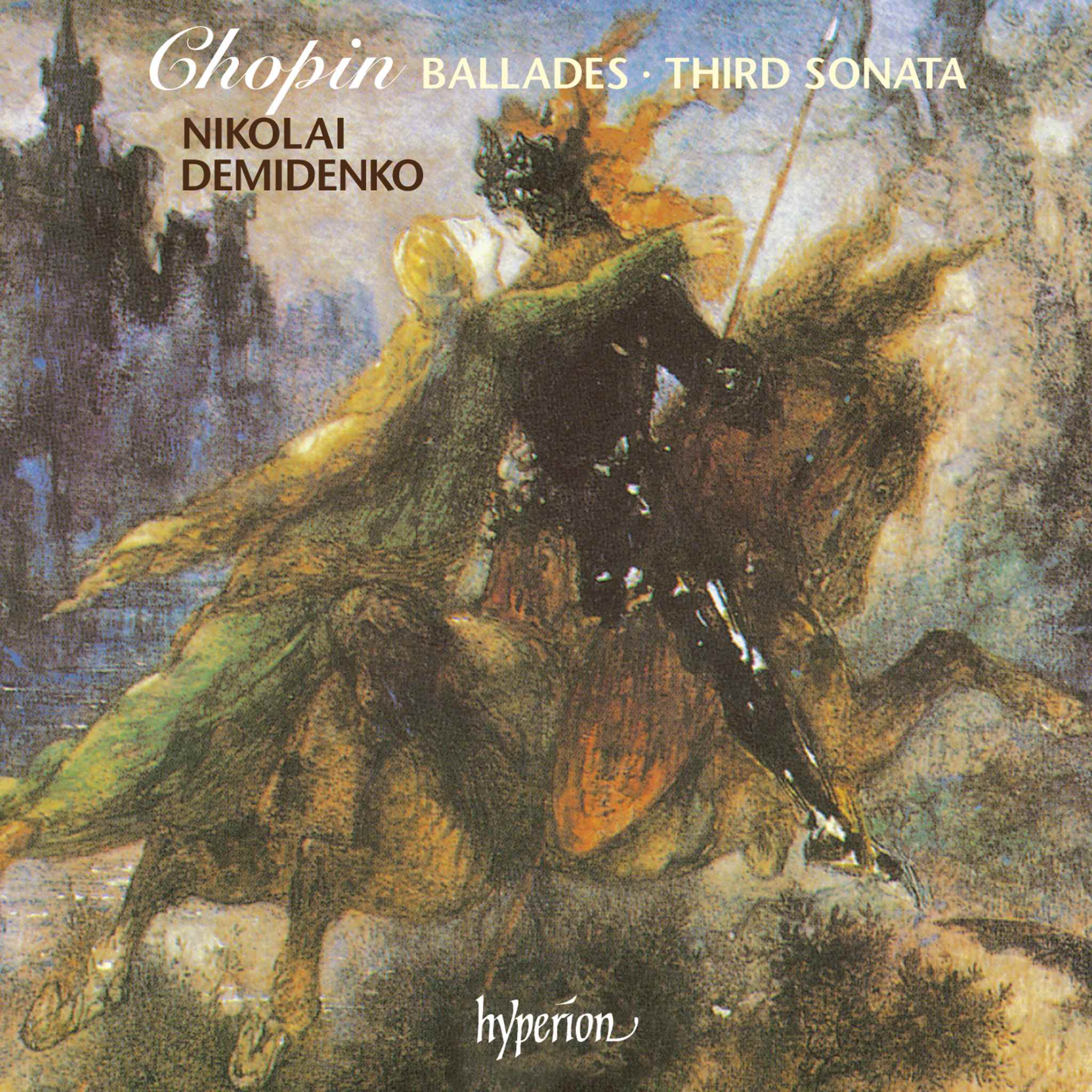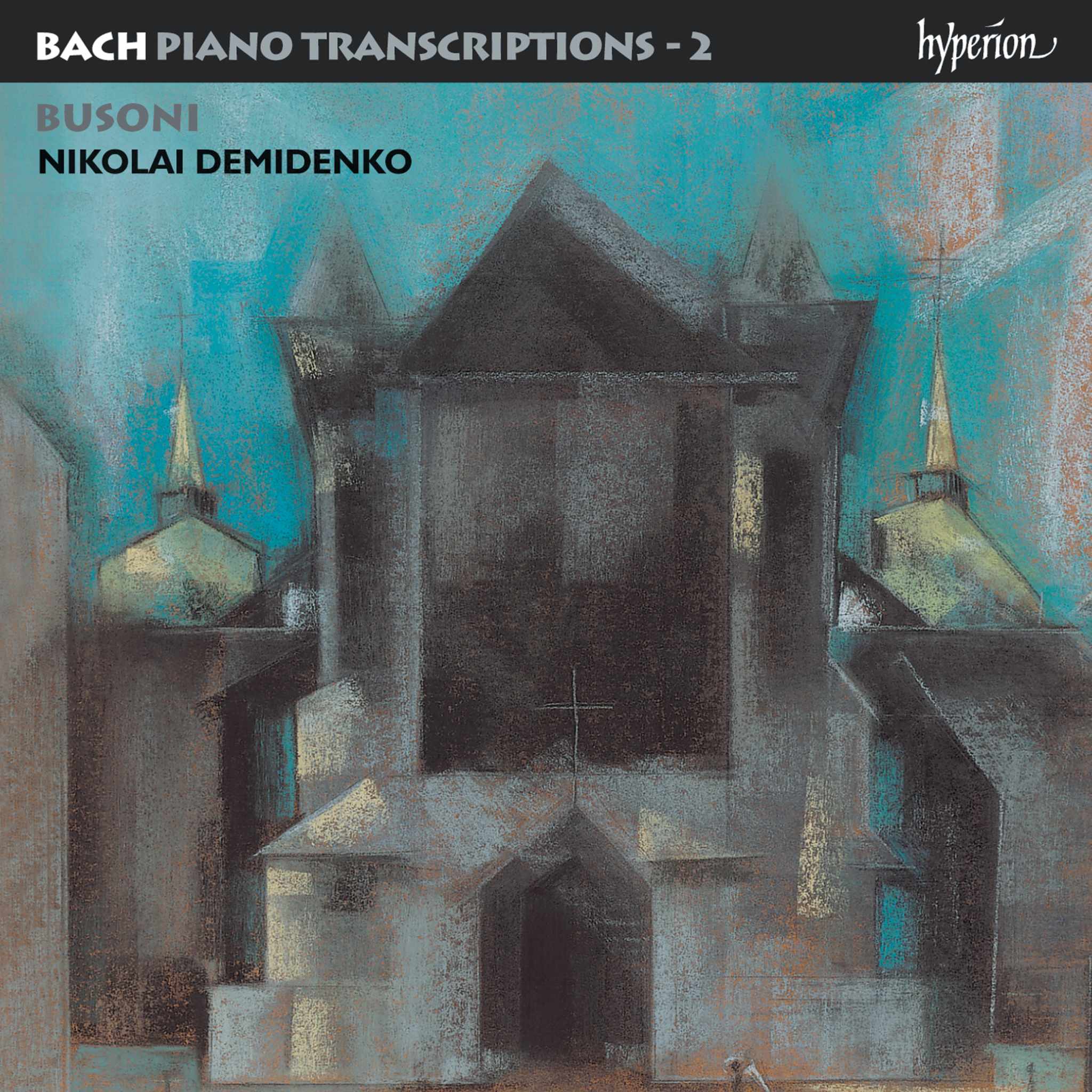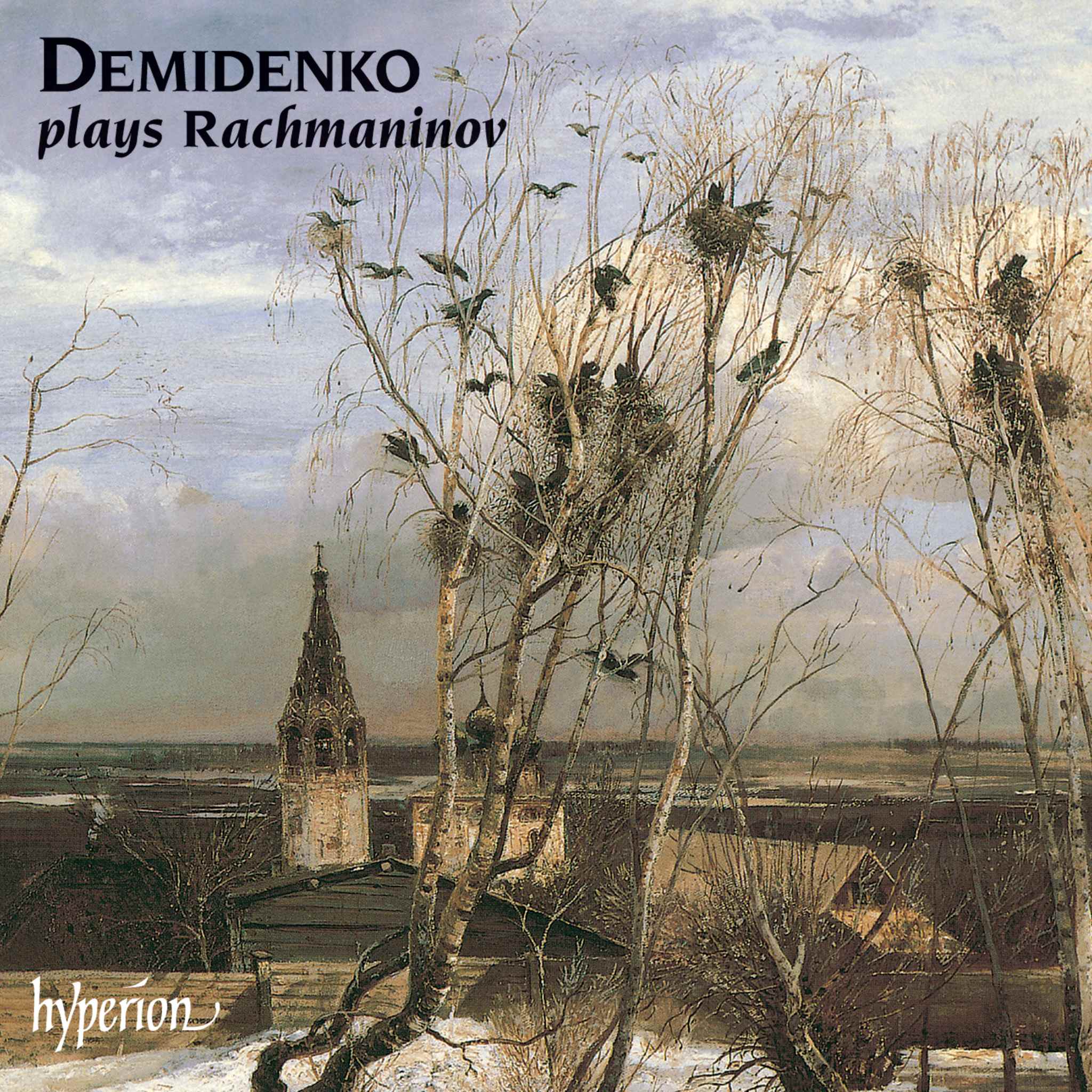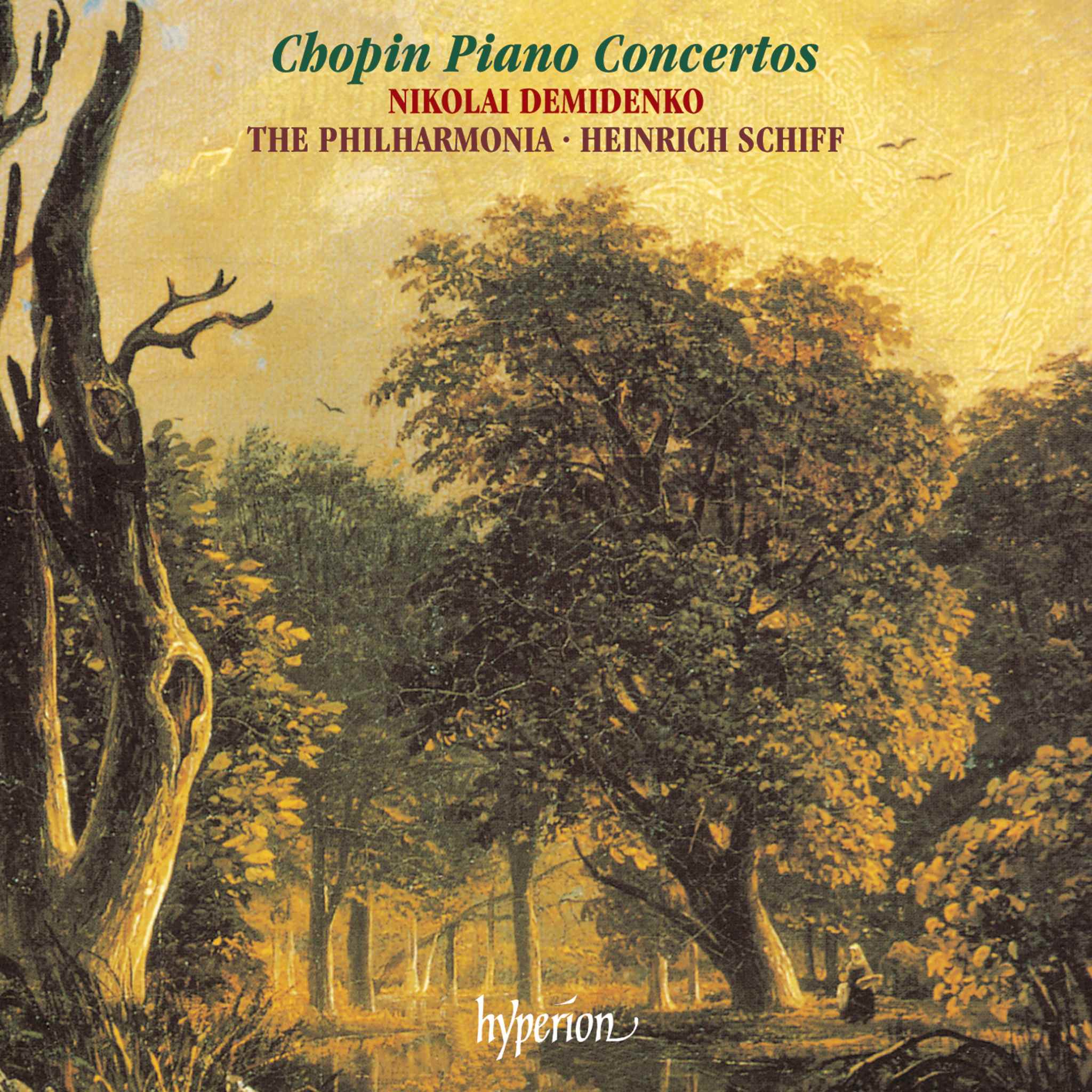Album insights
In 1938, Arthur Bliss, along with Ralph Vaughan Williams and Arnold Bax, was commissioned by the British Council to compose music for the 1939 World's Fair in New York. Bliss chose to write a piano concerto for the renowned British pianist Solomon to perform. The World's Fair aimed to combat the Great Depression and uplift American morale and commerce, portraying a utopian machine age theme. Amid Europe on the brink of war, the Brits sought to strengthen Anglo-American collaboration, revamp Britain's image abroad, and satisfy American preferences for British history and traditions, interpreting the futuristic fair as a blend of continuity and innovation.
Bliss, fond of composing for special occasions and performers, had strong emotional ties to the U.S. through his American father and wife. His piano concerto in B-flat Major, dedicated to "The People of the United States of America," premiered on June 10, 1939, at Carnegie Hall. The piece combined American optimism, British realism, and romantic elements, portraying a blend of themes reflecting Bliss's personal experiences and hopes.
Bliss's concerto received critical acclaim, showcasing a blend of American, British, and personal influences. On the other hand, Edmund Rubbra's Piano Concerto in G, op. 85, composed in 1955, offered a starkly different musical perspective. Rubbra's work, dedicated to the Indian sarod virtuoso Ali Akbar Khan, emphasized a pastoral and contemplative character, highlighting a collaborative relationship between the soloist and the orchestra.
Both Bliss and Rubbra were influenced by unique personal experiences when composing their concertos. While Bliss celebrated human and technological progress in a grandiose and virtuosic manner, Rubbra's work showcased a simpler yet profound connection between soloist and orchestra. Rubbra's love for nature deeply seeped into his compositions, reflecting in the themes and structures of his concerto.
Rubbra's concerto, rooted in personal encounters and botanical influences, created a profound musical dialogue between the soloist and the orchestra, evoking a sense of mutual respect and harmony. Additionally, the concerto's nod to Thompson's poem and Rubbra's Catholic background added layers of complexity to the overall composition, infusing it with rich thematic tapestries and emotional depth.
Both Bliss and Rubbra's concertos reflected their distinct inspirations and musical styles, offering audiences a diverse and richly textured experience. As friends and colleagues, their works embodied a shared musical journey that resonated through evocative melodies, intricate harmonies, and profound storytelling.
In the later years of his life, Bliss served as Master of the Queen's Music, following in the footsteps of Arnold Bax. Bax, after composing numerous works in the early 20th century, shifted towards a quieter life in Sussex, eventually creating the serene and celebratory "Morning Song" for Princess Elizabeth's 21st birthday. This piece, performed by Harriet Cohen, encapsulated the essence of youth, springtime, and the tranquil beauty of Sussex, painting a vivid musical portrait of a morning stroll through the lush hills of the countryside.





